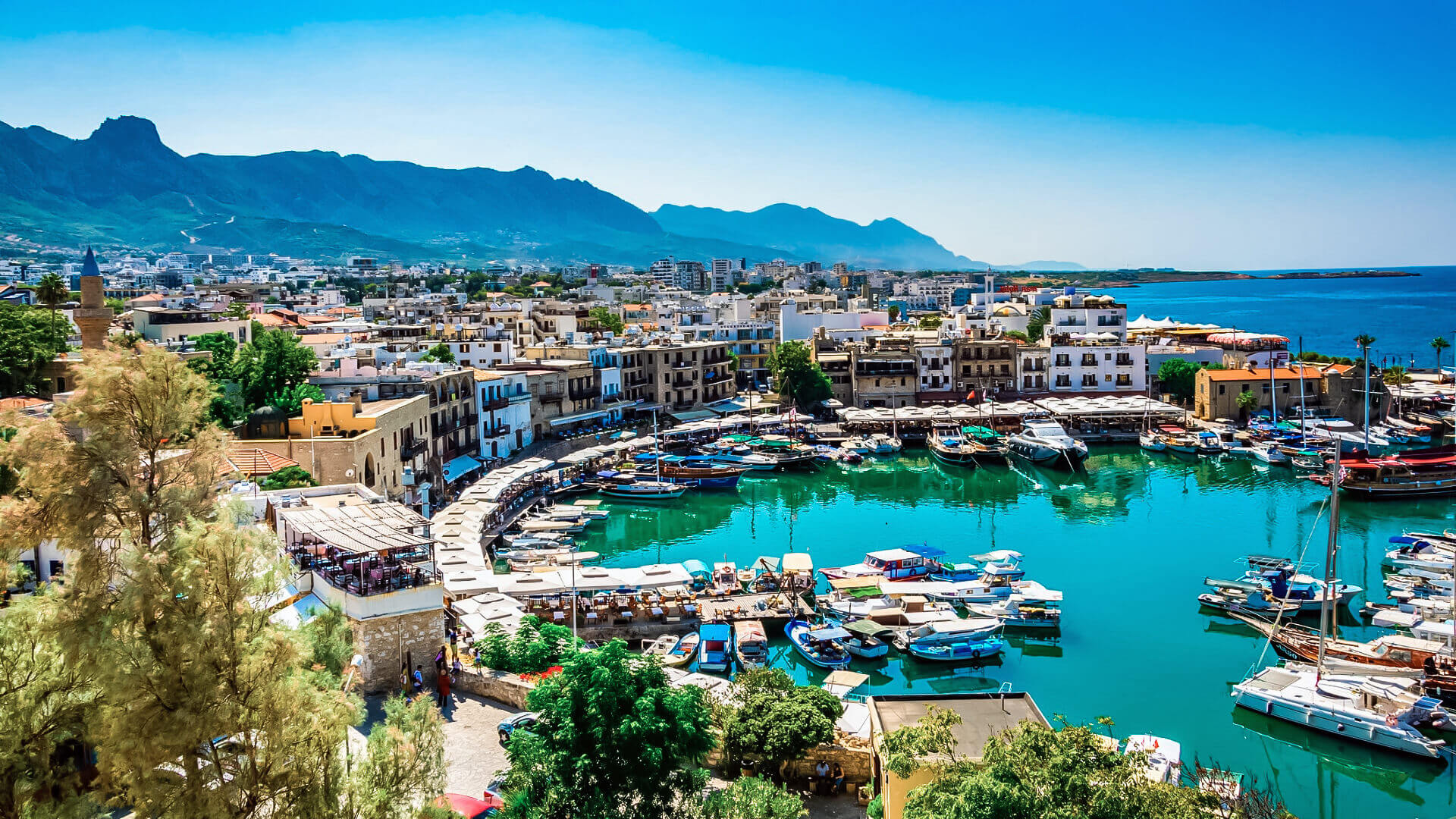[lwptoc]
Cyprus, formally the Republic of Cyprus, is an island nation in the Eastern Mediterranean Sea. It is the Mediterranean’s third biggest and third most populated island. It borders Turkey on the south, Syria and Lebanon on the west, Israel and Palestine on the northwest, Egypt on the north, and Greece on the southeast.
Human activity on the island goes all the way back to about the tenth millennium BC. The well-preserved Neolithic town of Khirokitia is an example of this period’s archaeological remnants, and Cyprus is home to some of the world’s oldest water wells. Cyprus was colonized in two waves by Mycenaean Greeks in the second millennium BC. As a strategic position in the Middle East, it was afterwards controlled by many great nations, including the Assyrian, Egyptian, and Persian empires, from whom Alexander the Great conquered the island in 333 BC. Between 1571 and 1878, Ptolemaic Egypt, the Classical and Eastern Roman Empires, a brief time of Arabcaliphates, the French Lusignan dynasty, and the Venetians were followed by almost three centuries of Ottoman dominance (de jure until 1914).
Cyprus was officially acquired by Britain in 1914 after being put under British control in 1878 according to the Cyprus Convention. While Turkish Cypriots constituted 18% of the population, in the 1950s, Turkish Cypriot leaders and Turkey adopted a strategy of partitioning Cyprus and establishing a Turkish state in the north. Turkish officials formerly pushed for the annexation of Cyprus, which they saw as a “extension of Anatolia”; however, the majority Greek Cypriot people and its Orthodox church have been seeking union with Greece since the nineteenth century, which became a Greek national goal in the 1950s. Cyprus gained independence in 1960 as a result of nationalist unrest in the 1950s. In 1963, the 11-year intercommunal violence between Greek Cypriots and Turkish Cypriots began, displacing over 25,000 Turkish Cypriots and thus ending the republic’s Turkish Cypriot representation. On 15 July 1974, Greek Cypriot nationalists and members of the Greek military junta attempted a coup d’état in an attempt at enosis, or the absorption of Cyprus into Greece. This action triggered Turkey’s invasion of Cyprus, which resulted in the conquest of present-day Northern Cyprus the following month, after the breakdown of a truce, and the displacement of nearly 150,000 Greek Cypriots and 50,000 Turkish Cypriots. In 1983, a unilateral proclamation created a distinct Turkish Cypriot state in the north; the action was highly criticized by the international world, with Turkey alone recognizing the new state. These events and the ensuing political situation remain a source of contention.
According to international law, the Cyprus Republic possesses de jure sovereignty over the island of Cyprus, as well as its territorial sea and exclusive economic zone (except for the British Overseas Territory of Akrotiri and Dhekelia, administered as Sovereign Base Areas, 2.8 percent of the territory). However, the Republic of Cyprus is effectively divided into two parts: the area under the Republic’s effective control, located in the south and west, and covering approximately 59% of the island’s area; and the north, administered by the self-declared Turkish Republic of Northern Cyprus, which covers approximately 37% of the island’s area. The UN buffer zone covers approximately 4% of the island’s surface. The international world regards the northern half of the island as Republic of Cyprus territory that has been seized by Turkish troops. International law considers the occupation to be unlawful, since it amounts to illegal occupation of EU territory since Cyprus became a member of the European Union.
Cyprus is a popular Mediterranean vacation destination. The Republic of Cyprus, which has an advanced, high-income economy and a very high Human Development Index, has been a Commonwealth member since 1961 and a founding member of the Non-Aligned Movement until it joined the European Union on 1 May 2004. Cyprus joined the eurozone on 1 January 2008.
In 1960, Cyprus declared independence from the United Kingdom. Despite a constitution that guaranteed a degree of power-sharing between the Greek Cypriot majority and the Turkish Cypriot minority, the two populations clashed vehemently in 1974, with support from the governments of Greece and Turkey, respectively, resulting in Turkey’s occupation of the northern and eastern 40 percent of the island. The Turkish-controlled region proclaimed itself the “Turkish Republic of Northern Cyprus” in 1983. So date, only Turkey recognizes the TRNC, while all other countries and the United Nations acknowledge only the Republic of Cyprus as the only authority over the whole island. The United Nations maintains a peacekeeping force as well as a small buffer zone between the two Cypriot ethnic groupings. Fortunately, open confrontations have been avoided for some years as the two sides (today with the increasing participation of the European Union) inch closer to some kind of reunification.


